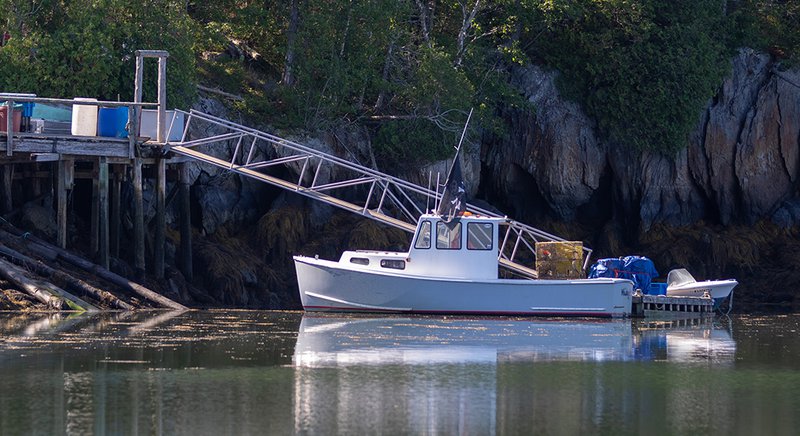Learn the Rules
In order to select a good location for your sea farm, you need to understand what the regulating agencies do and do not allow. If you understand and follow the rules, your lease will be issued. If you don’t, your application will be denied, costing you precious time and money. The DMR Bureau of Public Health regulations, which ensure shellfish are safe to eat, have implications for when and how you can harvest and sell what you grow.

Questions
Leasing and Licensing
-
You must apply to the Maine Department of Marine Resources (DMR) through the Division of Aquaculture. The Army Corps of Engineers and other state and federal agencies will also review your application in coordination with DMR.
-
- A limited purpose aquaculture license, or LPA, is a renewable annual license that allows you to get on the water quickly, and test the viability of a site before investing considerable time and money into a commercial size lease. An LPA can only be 400 sq. ft., which is too small for a stand-alone commercial farm.
- An experimental lease is a 3-year lease for up to 4-acres that can be obtained within a year provided there is no opposition. If there is opposition, DMR is required to hold a public hearing, which increases the review time considerably. Experimental leases allow growers to test a site at a semi-commercial scale, before applying for a long-term standard lease.
- A standard lease is a 20-year lease for up to 100 acres and is the best type of lease for a commercial marine sea farm. In many cases, it makes good sense to progress from LPA to experimental lease to standard lease as you learn how best to grow your crops and perfect your operations, but a standard lease should be your eventual goal.
-
LPAs are typically reviewed within a matter of weeks. Experimental leases that do not face opposition are typically reviewed within 6 – 12 months. Standard leases vary considerably based on a few factors but processing time ranges from 6 months to 3 years.
-
Community engagement! Spend time getting to know how other coastal stakeholders use the area and be honest about what you would like to do. You should listen to their concerns and suggestions and do your best not to disrupt what already goes on in the area. Submitting a complete and accurate application can also shorten processing time because it allows DMR to review it right away, instead of contacting you to get additional information.
-
A riparian owner is a shorefront property owner whose property boundaries are within 1,000 feet of proposed lease boundaries or <300 feet for LPAs. You are required to notify riparian landowners of your lease or LPA as part of the permitting process required by the Department of Marine Resources.
-
In general, you can’t put a sea farm in an area that is frequently used for commercial or recreational activities such as fishing, sailing, shipping, accessing a private dock; or where it might cause negative environmental effects such as directly on top of an eelgrass bed. The Department of Marine Resources reviews applications strictly based on ‘decision criteria’ that are spelled out in state law and the federal agencies review based on a suite of federal laws relating to fish, endangered species, habitat, navigation, etc. A list of the decision criteria DMR is required to follow per Maine law is here.
-
The Bureau of Public Health is the arm of the Department of Marine Resources that makes sure seafood harvested or grown in Maine’s waters is safe for public consumption. Their regulations have direct implications for your business. They determine:
- The location of your farm (not in polluted waters).
- When you can sell (sales are sometimes prohibited seasonally or during periods of heavy rain).
- How to safely and legally transport and sell your product.

